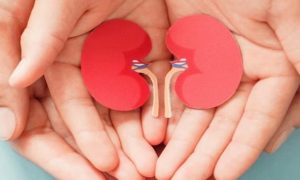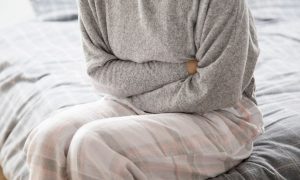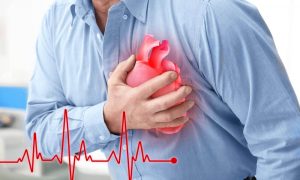83% people in India suffer and struggle in daily life due to back pain. Here are 5 most common spine problems in Indians with tips to manage them
Back pain is one of the common stories in each house nowadays. The report says approximately 83 percent of people in India and millions in the world suffer and struggle in daily life due to back pain.
In an interview with HT Lifestyle, Dr Monisha, Senior Integrated Therapy Specialist at SBF Healthcare in Bengaluru, revealed, “The reason lies behind a sedentary lifestyle, body weights, heavy physical work, long sitting hours or stressful workflows, bad postures and indirect environmental degradation. Our spine is the S-shaped or curved long bone extending from the neck to the lower back supporting the base of the skull to the tailbone that is the pelvis. The curve is known to work as a shock absorber from any injury.”
Read More: Winter Eye Problems: Check Expert Advice To Protect Your Vision During The Cold Months
Before understanding spine problems, it is important to understand the anatomy of the spine. Dr Monisha explained, “The spine has thirty-three vertebrae cushioned by discs, which are grouped into five distinct sectors, which play a vital role in a human’s body. These points are the neck or cervical spine, which helps move the head; the middle back or thoracic spine, which protects the heart and lungs and supports the ribcage along with holding the upright posture and allows limited flexibility. The lower back or lumbar, acts as a cushion that bears almost the weight of the body (stress of lifting or bending), supports the upper spine, and connects the pelvis.”
She added, “The sacrum is the triangular bony structure seen between the two hip bones forming the pelvic girdle. It supports the fetus and is rigid or fixed. The last is the Coccyx, also known as the tailbone. It helps maintain the muscles and connective tissues of the pelvic region and transfers weight while the body is seated. So, tear and wear of any part can cause back or neck pains with additional symptoms which include muscle spasms, loss of bladder control, weakness or numbness in limbs and paralysis.”
Most common back pains:
1. Degenerative Disc Disease – The fluids or water content present in the disc starts drying, it is mostly an age-related health issue, and starts with rupture or wear and tear of the intervertebral discs, which cushion the vertebrae in the spine. Severe pain, weakness, or numbness flow down the leg.
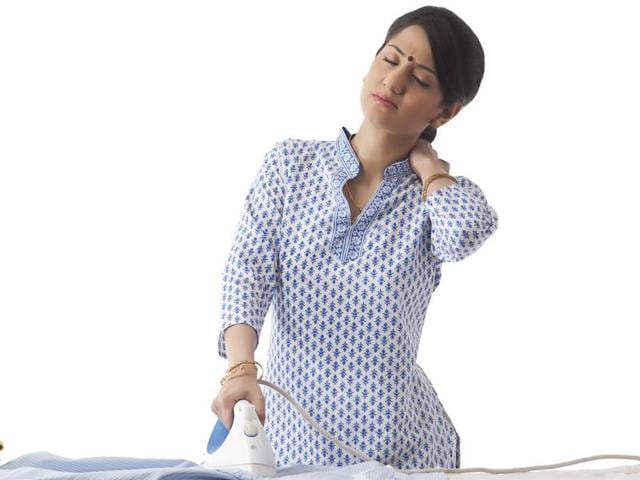
2. Cervical Spondylosis or Degenerative Neuromuscular Disease – Almost more than 25% young generation is suffering due to long sitting hours, or reduced flexibility. Also caused when standing for long hours like in the kitchen. It occurs when the disc slips from its position and moves forward to another one. This misalignment can cause compression in nerves leading to defects in posture. Lower back tenderness, persistent lower back pain, lower back tenderness, thigh pain, and hamstring pain are some of the symptoms.
Read More: Women With Depression More Likely To Experience Menstrual Pain, Finds Study
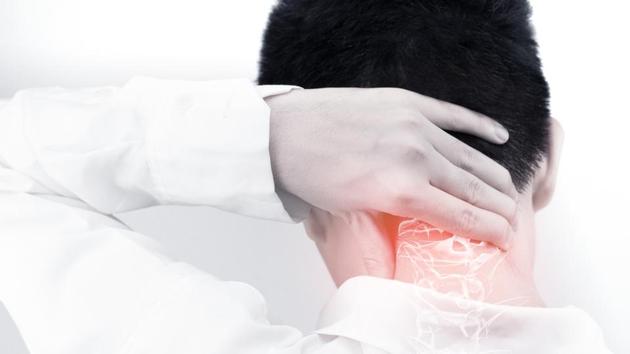
3. Lumbar Spinal Stenosis – Occurs due to the narrowing of the spinal canal causing the nerves to compress which travels from the lower back to the legs. Pain, numbness, or weakness in the leg, calves, or buttocks. 20% aged people suffer.

4. Sciatica – Irritation or compression of the sciatica nerve from the lower back to the leg. In India, the lifetime prevalence of sciatica is estimated at 10% to 40%, while the annual incidence is about 1% to 5%. It is more common among the non-working population (7.9%) as compared to those who are working (3.8%). In most instances, sciatica comes about when one or several nerves in the lower back are compressed, for example by a prolapsed intervertebral disc, piriformis syndrome (where a muscle in the buttocks pinches the nerve), spinal stenosis (narrowing of the spinal channel) or spondylolisthesis (a vertebra slipping forward).
5. Slipped Disc – 20% of young adults and over 75% of aged people suffer due to slipped discs.
Read More: Blood in urine? It can be kidney fungus; know causes, early signs, preventive measures
Managing pain:
Dr Monisha asserted, “A proper diet, regular exercise, maintaining good posture, maintaining proper weight (BMI between 18 to 24), taking breaks during long sitting hours and adequate rest are crucial. However, conventional treatment for back pain includes physical therapy, chiropractic manipulative therapy (CMT) and other chiropractic treatments, osteopathic manipulation and anti-inflammatory medications such as non-steroidal anti-inflammatory drugs.”
She concluded, “For instance, SPMF – Therapy, is a safe, painless, and non-invasive treatment for degenerative disc disease without side effects. Based on sound scientific principles that tackle the root cause of cartilage degeneration through the use of non-ionizing radiation, this not only stops the progress of the disease but also reverses the process of disease by cartilage regeneration.”
Disclaimer: This article is for informational purposes only and not a substitute for professional medical advice. Always seek the advice of your doctor with any questions about a medical condition.




